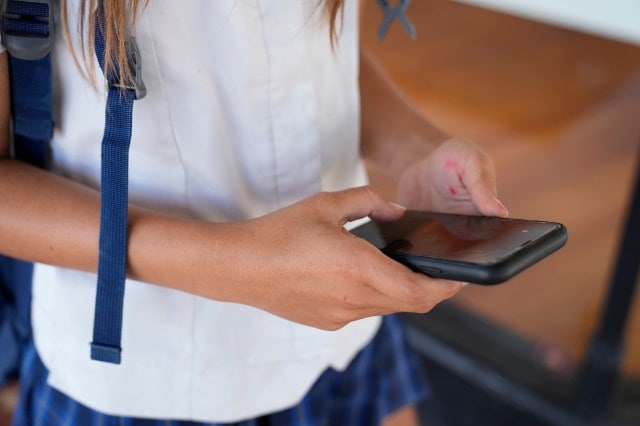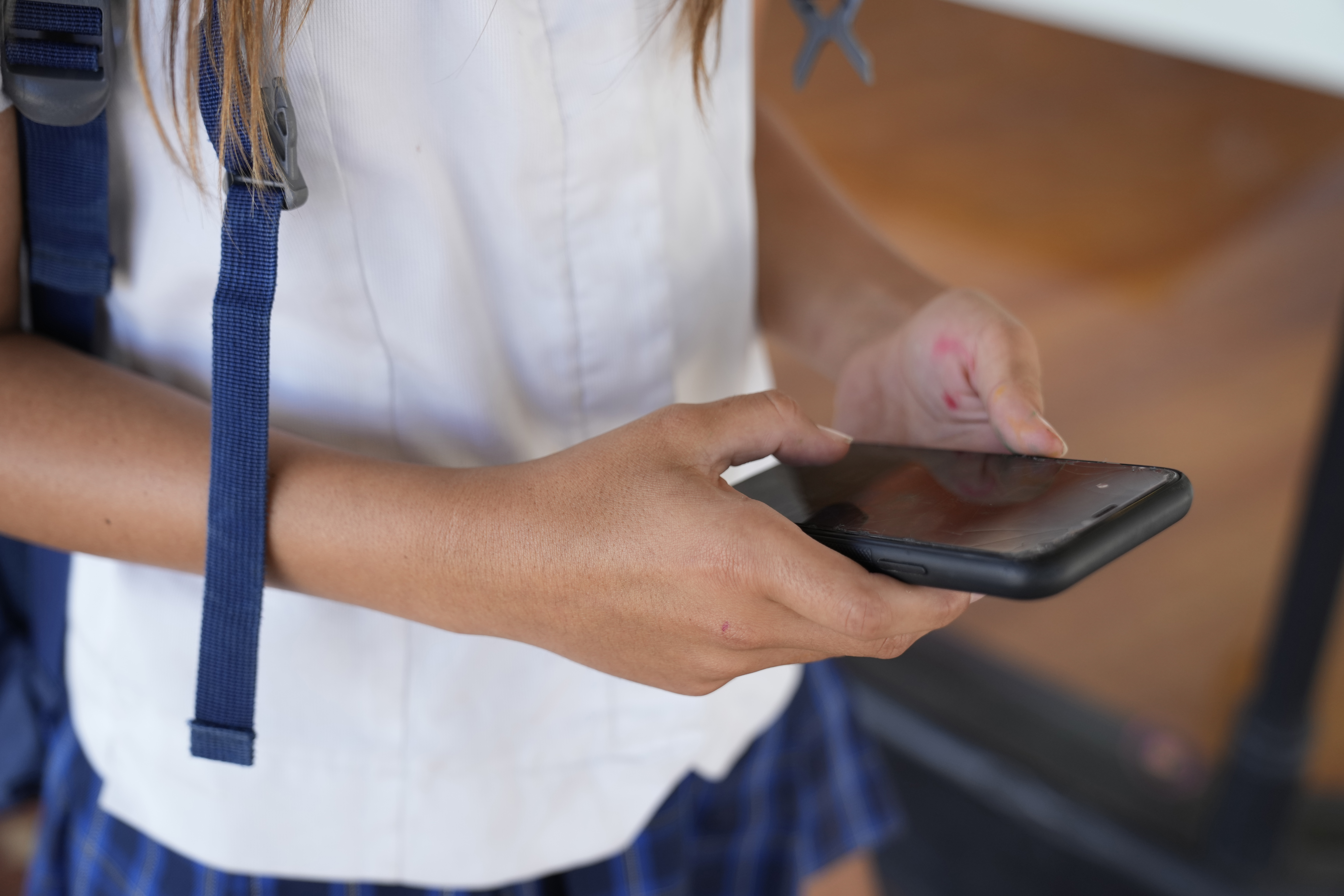
The monster came into our lives when my child was around nine. Till then, we had been congratulating ourselves on having averted what friends and colleagues spoke of increasingly as a crisis. In a house where everyone preferred to read over watching television and where we had been careful about keeping the screen away, it seemed like a job well begun. There was no whining for additional screen time and conversations did not dwell on Roblox or Mr Beast, topics if you are still unfamiliar with, you must thank your lucky stars for the benediction.
But what is parenting if not a constant rap around the head? And so it was that the Great Disruption entered our lives during the pandemic and became firmly entrenched. From school to lessons in chess and music, as everything moved online, the desktop became the presiding deity of our household. We still followed a hygiene protocol but it was less stringent than before, dictated by timetables and expediency. The first inkling of trouble came a year later when workplaces had just opened up. We returned home one evening to a distraught child, who startled at the slightest noise and wouldn’t tell us why. This continued for weeks, driving us close to despair as we ran through one troubling scenario after another — bullying, abuse — till one night, after another distressing episode of nightmares, it finally tumbled out: There had been a YouTube video, a horror comic (is that even a genre?), of a boy and his family. One evening, he returns from the playground to find his parents and pet dead and an ominous message on the wall from a monster whose presence he could sense but not see: He would be next. What would happen if this were to actually occur?
Reading about the Australian government’s proposal of a “world-leading” legislation to ban children under 16 years from social media, including those already on it, I think back to the episode and to the many, less disturbing, more annoying run-ins with the World Wide Web, thanks to the now teenager. The proposal seems, for want of a better option, a rather nifty solution to the social-media black hole. The Australian government has announced that once in place, the ban will be enforced without exemption, covering even those children who have parental consent. While there would not be penalties for users, the onus will be on social media platforms to prevent access. The legislation, once passed, will be reviewed periodically for efficacy. “Social media is doing social harm to our kids. I’m calling time on it… I want Australian parents and families to know we’ve got their backs,” the Australian PM Anthony Albanese has said.
As a parent to a teenager growing up in the world’s second-largest smartphone market and expansive internet penetration, it appears like a guardrail designed to allay parental anxieties. And before you jump in with perfectly justified objections, such as how a blanket ban serves little purpose, hear me out.
It’s difficult being a young person in a world geared to overstimulate. There’s academic and peer pressure, and the emotional and physical upheavals that adolescence brings in. In such circumstances, the world of algorithm-driven content is a labyrinth that can hold one hostage to one’s deepest frailties. In 2019, the World Health Organisation warned of a global mental-health crisis, affecting nearly one billion individuals. One in seven 10-19 year-olds experiences mental-health afflictions, accounting for 15 per cent of the global burden of disease in this age group. Studies have shown a correlation between the use of social media and the possibility of mental-health disorders. Earlier this year, US Surgeon General Vivek Murthy called for warning labels on social media — statistics show that in the US, adolescents who use social media for more than three hours a day have double the risk of anxiety and depression. In 2023, Murthy had issued a public-health advisory, recommending legislation to regulate social-media companies from collecting sensitive data from young people and making available potentially harmful, violent and/or sexual content.
A ban might appear to be a poor mitigating agent — not only does it not prepare children to negotiate what is going to be an integral part of their lives, it could also, for those inclined towards the forbidden (show me one teenager who doesn’t want to push boundaries), appear as a temptation to transgress. It is, nevertheless, a deterrent, a step towards addressing online abuse, harassment and exposure to inappropriate content, especially in the absence of commensurate counselling and information dissemination. A ban could serve as a placeholder, an interregnum till better solutions can be arrived at and better online hygiene inculcated at home, in school and at the community level. In February this year, the European Union introduced a Digital Service Act that bars platforms from targeted advertising and sensitive data collection from the underage and vulnerable. Perhaps it is time countries in other parts of the world followed suit.
After all, for most millennial parents, this particular parenting hurdle is unique. There is little or no precedence on how they can handhold their children through this problem, especially given their own digital gap and the impracticality of keeping a surveillance on their children’s online lives. As Murthy wrote in an editorial in The New York Times, in June, “There is no seatbelt for parents to click, no helmet to snap in place, no assurance that trusted experts have investigated and ensured that these platforms are safe for our kids. There are just parents and their children, trying to figure it out on their own, pitted against some of the best product engineers and most well-resourced companies in the world.” They could do with all the help possible.
paromita.chakrabarti@expressindia.com



